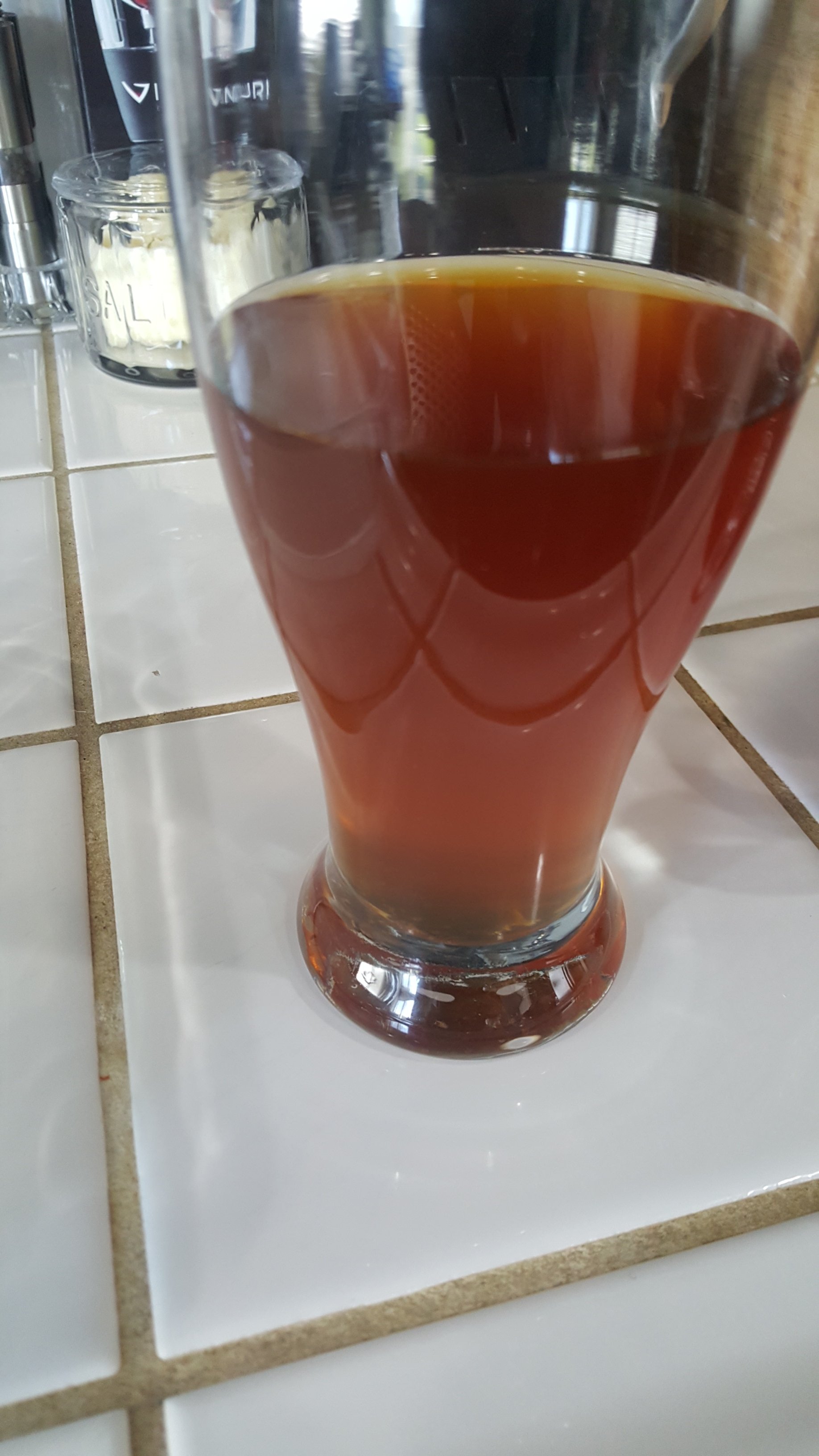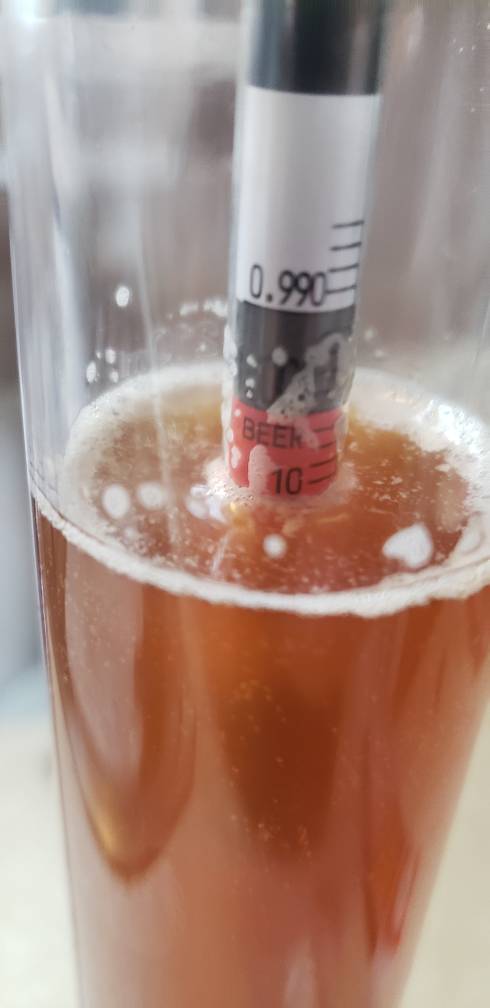So, my 3rd batch is fermenting (Irish red). I have racked from the primary to a secondary fermenter on my first two batches and the beer turned out great and clean (see pic). I have been reading the secondary step is unnecessary but I just watched a video on racking from the primary to the bottling bucket. The guys in the video recommended that you pour the finished beer into glass to avoid any sediment in the bottom of the bottle. I have not had any sediment in my bottles beer using the secondary. I know you can do it either way but it seems like using a secondary fermenter produces a cleaner beer. Could be a rookie theory, I would like to skip the extra step but I'm having a hard time skipping the secondary fermenter. Thoughts?






